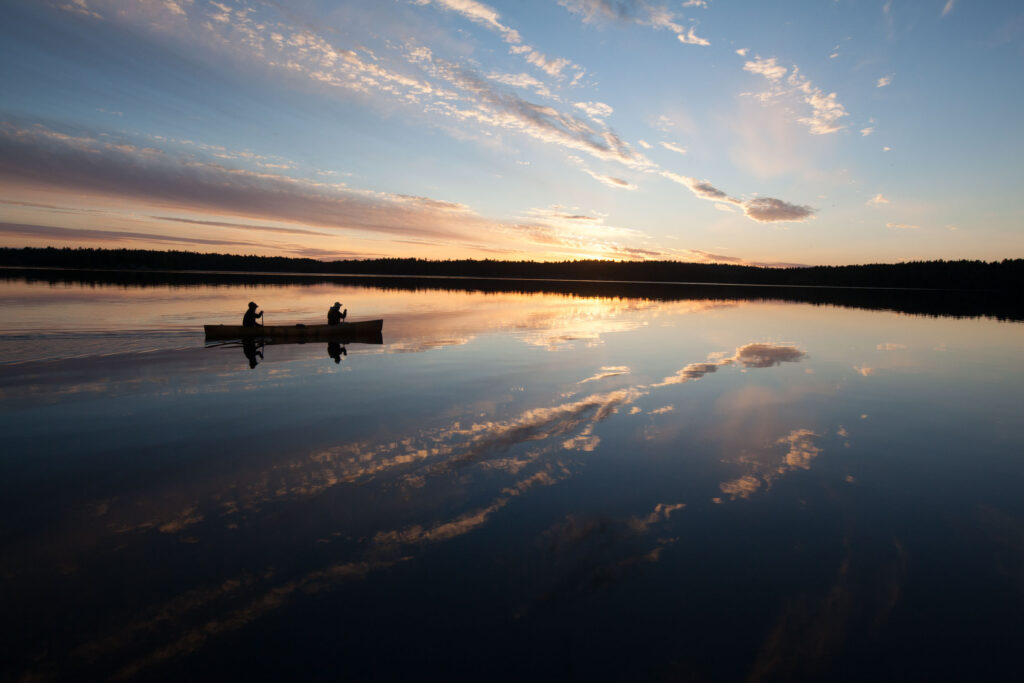10 Ways to Save Water at Home

Our local leaders are facing the pressing question of how to ensure a clean, reliable water supply with strains from population growth, booming development, and global warming. Many communities are already enforcing water restrictions. There are a few simple things you can do at home to ease the burden on your local water supply and save money in the process.
- Turn off the faucet while brushing your teeth.
- Only run the washing machine and dishwasher when you have a full load.
- Use a low flow shower head and faucet aerators.
- Fix leaks.
- Install a dual flush or low flow toilet or put a conversion kit on your existing toilet.
- Don’t overwater your lawn or water during peak periods, and install rain sensors on irrigation systems.
- Install a rain barrel for outdoor watering.
- Plant a rain garden for catching stormwater runoff from your roof, driveway, and other hard surfaces.
- Monitor your water usage on your water bill and ask your local government about a home water audit.
- Share your knowledge about saving water through conservation and efficiency with your neighbors.
These water saving measures can have a big impact on water demand in local communities. While saving money, you also have the opportunity to get involved in your local community, protect the water in your local waterways so you can continue to enjoy their recreational benefits, and get to know your home and family with a few do-it-yourself projects.

Take the Pledge for Clean Water
We need a powerful, diverse, bipartisan river movement that makes rivers healthier and water cleaner. Join us!
Did you know?
30 to 60% of domestic drinking water is used to water yards and gardens, and often large portions are wasted by over-watering, evaporation, and misdirected sprinklers that water sidewalks and driveways.
The average U.S. per capita water use is 170 gallons per day (gpd). In Australia it is 36 gpd. Thanks to water efficiency, Australia uses far less water, but still enjoys the same high quality of life.
If Metro Atlanta embraced water efficiency solutions they could save up to $700 million and between 130 and 210 million gallons a day – that’s up to one-third of their current water supply.
